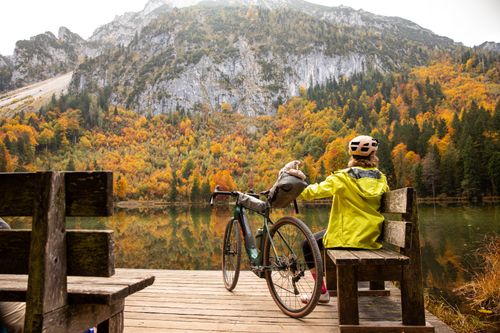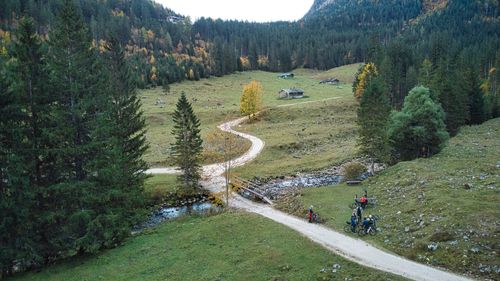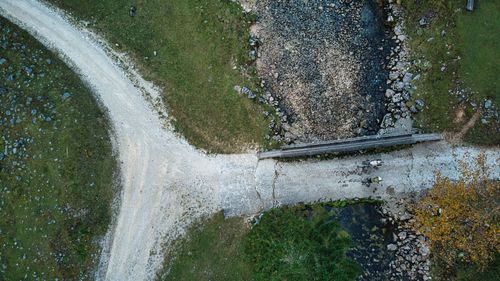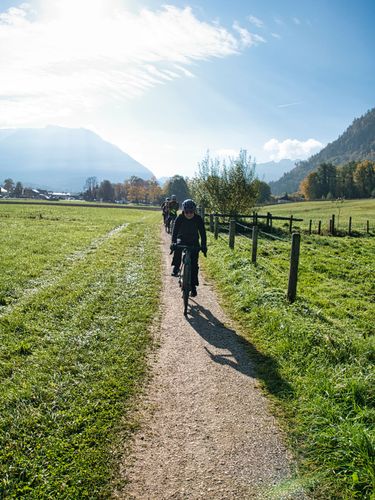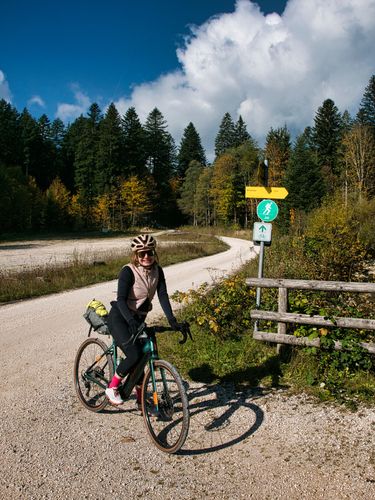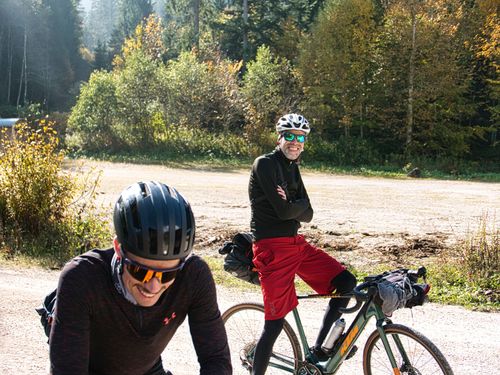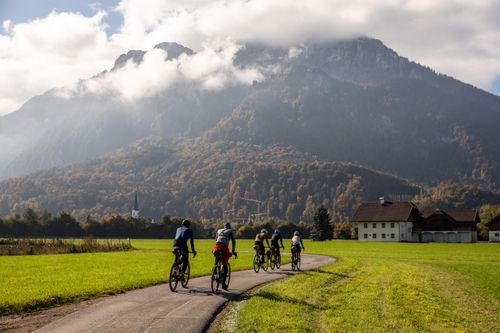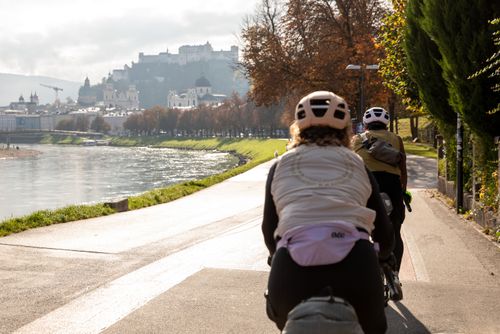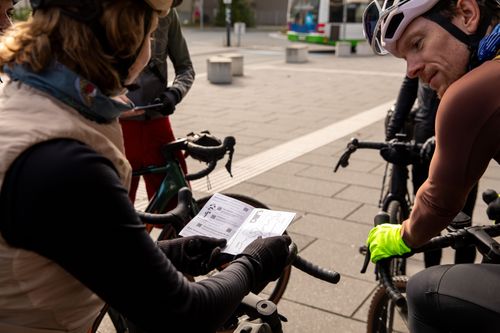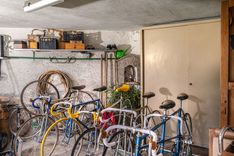When we started gravgrav.cc, the idea was simple: create routes that make exploration accessible — routes that connect people, landscapes, and stories. As someone who’s pedalled through countless days of rain, climb and mountain-air, I’ve always believed that travel by bike should be open to anyone willing to move at the speed of curiosity.
That’s why we’ve embraced eBikes from the very beginning — not as a shortcut, but as a tool for inclusion and sustainability. The technology has matured to the point where it no longer separates “electric” from “authentic”. It simply extends the range of who can join, where we can go, and how we can travel with less impact. And yes — for the purists among us, the non-eBike riders: you’re still absolutely part of this. I’ll keep my traditional bike, and you should keep yours too. There’s no contradiction here, no “us vs. them” on the trails. We share the same paths, the same love of movement, and the same destination: discovery.
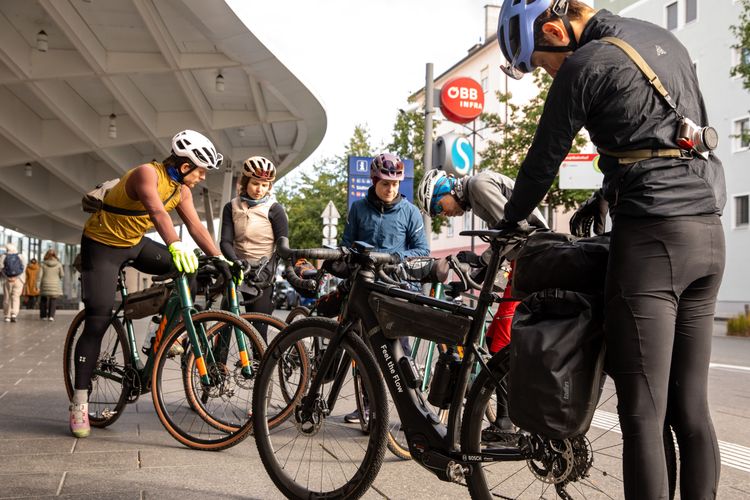
From Salzburg to the Source
Earlier this October, together with Bosch eBike Systems, we invited a small group of journalists and creators to ride a two-day segment of the WOSSA Bikepacking Route — a project that has grown close to my heart. Starting at Salzburg Main Station, we followed the Almkanal south toward the Berchtesgaden Alps. The route traced water in all its forms — rivers, lakes, glaciers — until we reached Hintersee, where the reflections of the Blaueis Glacier reminded us of the fragility of the Alpine ecosystem.
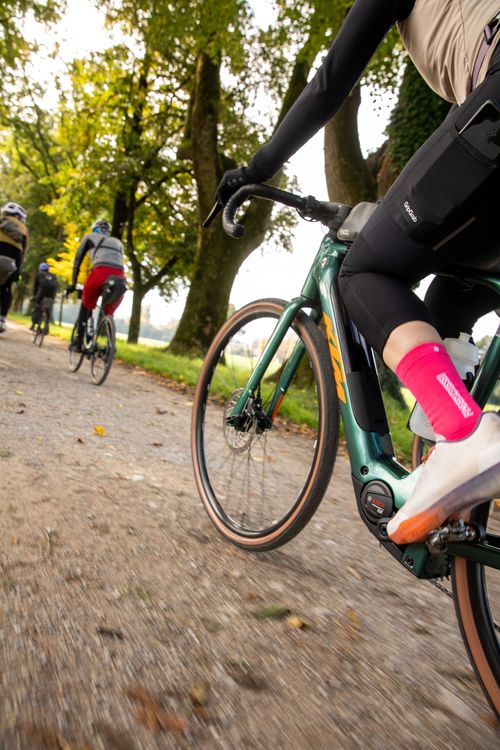
The eGravel bikes equipped with Bosch’s Performance Line SX drive unit carried us effortlessly through terrain that would have challenged even experienced riders on fully loaded setups. The system’s light weight and natural feel made it easy to forget we were riding eBikes at all — until the moment we climbed another steep forest road without losing rhythm or breath.
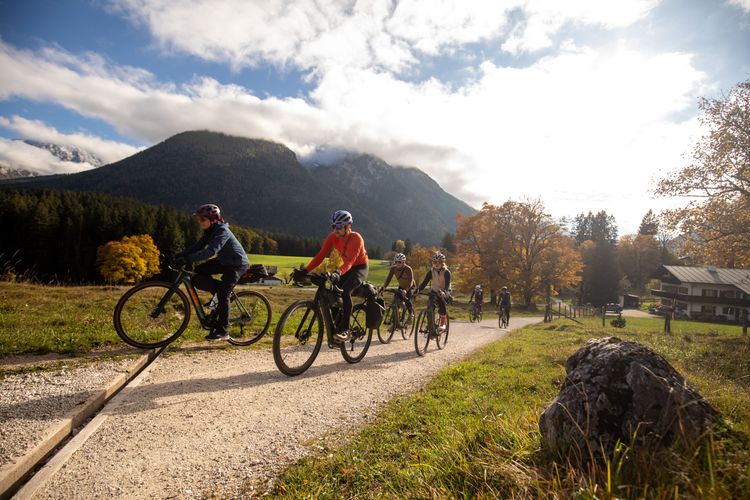
For me personally, it was surprisingly fun to play with the system’s energy management — trying to maximise the remaining battery at the end of each day. I’d use the motor to ride faster uphill, then coast and ride without support on the descents and flatter tarmac sections. It became a kind of game — efficient, smooth, and quietly satisfying. Of course, there were also those moments when I switched into Turbo or Sprint mode just for the joy of it — blasting off with a smile that reminded me why we ride in the first place.
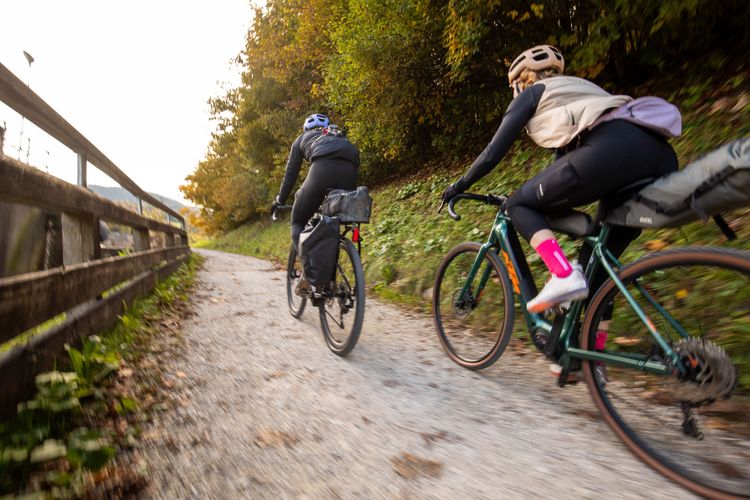
What Makes an eBike Adventure Sustainable
The environmental numbers are striking. When powered by renewable electricity, a Bosch-equipped eBike emits roughly 3 g of CO₂ per kilometre — about twenty times less than a car, and more than a hundred times less than a short-haul flight.
But the real sustainability lies in how eBikes change behaviour. They extend range without demanding more resources. They make local adventures possible, keeping riders within train distance instead of plane distance. And they flatten barriers — physical, mental and geographic — that have kept many people from discovering what bikepacking can be.
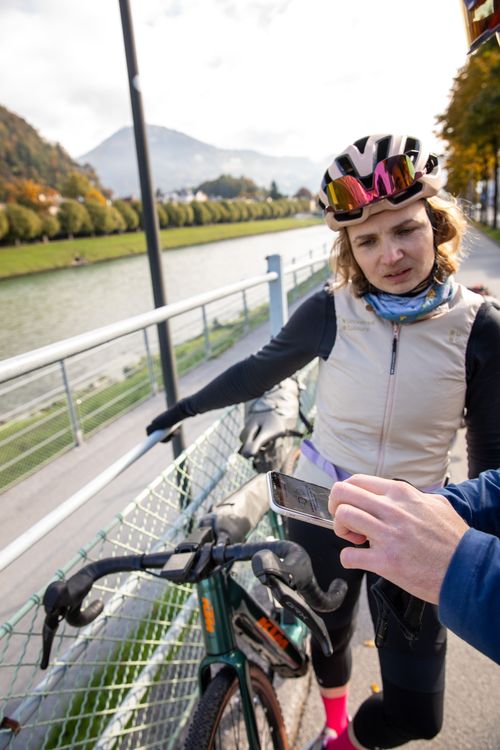
The Bike, Travel & the Future of Mobility
Standing by the Saalach river on the second day of our WOSSA overnighter, watching the water weave through a restored section of its floodplain, it was impossible not to draw parallels. The river, once straightened and confined, now flows more naturally again. In much the same way, the bicycle — older as a mode of transport than the car — continues to evolve. The idea stays the same: pedalling, freedom, connection. The form changes, but the essence remains. Bikes are still the future.
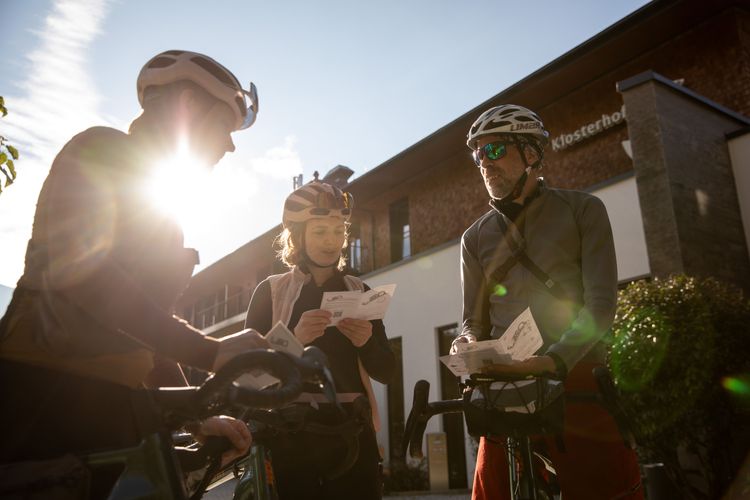
Trends & Growth: Bike Tourism, Gravel and Bikepacking
The context supports what we’re doing: active travel is growing fast. Across Europe, cycling tourism now generates more than €44 billion annually and accounts for around 2.3 billion trips per year.
The gravel/bikepacking segment especially is rising: for example, in Germany the share of cycle tourists using gravel bikes rose from about 5 % to nearly 10 % in recent years. The global gravel-cycling-tourism market reached an estimated US $2.1 billion in 2024 and is projected to grow at a compound annual growth rate (CAGR) of ~8.7 %, reaching roughly US $4.5 billion by 2033. Europe alone commanded around 38 % of that market in 2024.
These numbers tell us two things: first, people want authentic, low-impact travel. Second, the infrastructure, the bikes, the methods are catching up.
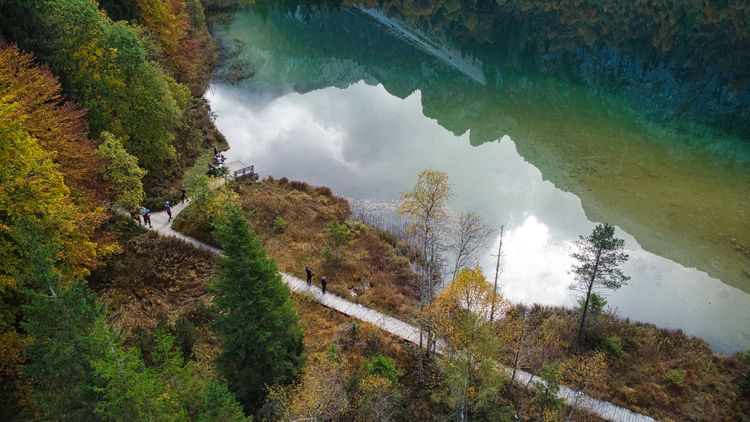
Riding Forward
For us at gravgrav.cc, the future of bikepacking will be hybrid — powered by legs, assisted by smart technology, and grounded in responsibility. Our routes like WOSSA are designed around public-transport access, natural learning experiences, and lightweight travel. eBikes simply make that model scalable and inclusive.
Whether you’re on a fully human-powered gravel bike or an eGravel machine, you’re part of the same journey. The path is shared. The destination is the same: to travel, to learn, to move sustainably and to stay curious.

